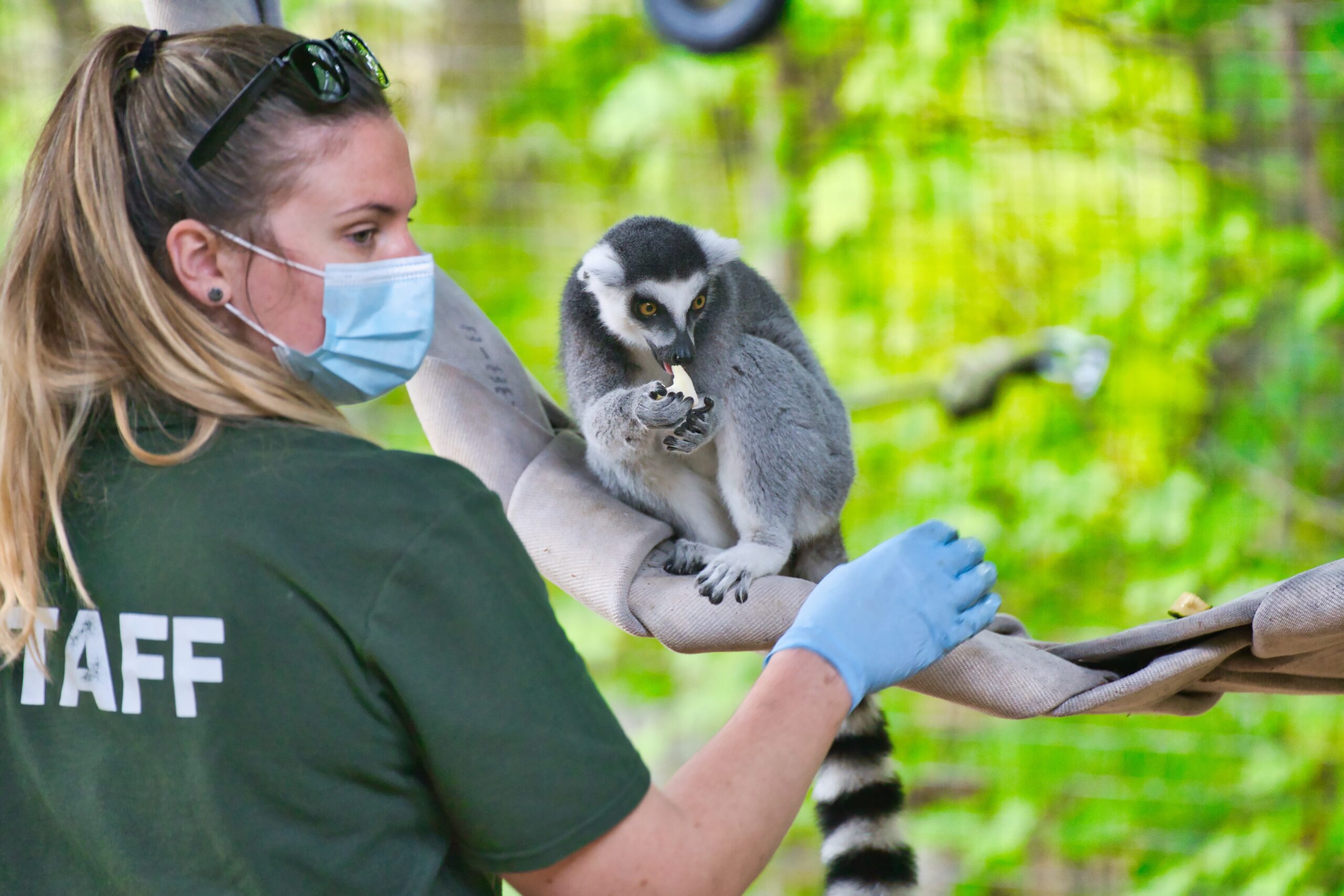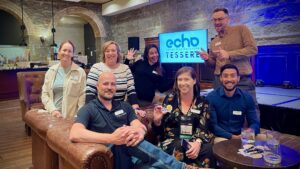The COVID-19 pandemic has disrupted operations across our industry, presenting the opportunity to think differently about how Zoos and Aquariums engage in conservation, measure impact, and allocate resources. A special thank you to Kira Mileham, Global Director of Strategic Partnerships at the IUCN Species Survival Commission, for leading this conversation.
5 Key Points
1. Defining Conservation
Conservation is an ambiguous word, with definitions varying across organizations. Though different, these definitions commonly consider conservation disparate from business operations and other activities. Kira suggests that this narrow definition wrongly undervalues the contributions of Zoos and Aquariums and perpetuates the mindset that Zoos are only engaged in conservation when sending staff, animals, or money into the field. The consequence has been that stakeholders often hold outdated views of what a modern Zoo does for conservation and where opportunities for partnerships may lie.
Why define conservation as separate from everything else we do if everything we do is to enable conservation?
2. Empowering Staff
As Zoos have evolved from menageries to places of education doing conservation work, so have staff dynamics. Kira described a survey of Australian zookeepers that revealed a new generation of animal care staff increasingly motivated by species conservation. Yet, animal care staff are rarely empowered to engage directly in conservation work. And if they are, it is relegated to lunch breaks, weekends, and holidays. What if Zoos & Aquariums embraced the opportunity for a more integrated approach, internalizing conservation and increasing conservation capacity by engaging less in “green” conservation and investing more in staff skill-sharing and doing conservation work?
Case study: Chester Zoo in the UK uses a matrix to assess the role every animal and plant acquisition plays from a business, education, and conservation perspective. This information is operationalized to intentionally allocate resources for their staff to advance each of these roles.
3. Measuring Impact
The global conservation community is notoriously deficient in measuring impact. Often, dollars spent is one of the few reported indicators; it’s tangible, easy to report, and impressively enormous! That said, it is inherently risky to rely on dollars as a sole measure of success, partly because when margins shrink, so do perceived contributions to conservation, as seen through
COVID and the major financial hits to conservation projects. “No Margin, No Mission” has left many with missions not being fully realized. Kira suggests that the community expand its capacity for evaluation and identify other tools to measure conservation impact while also motivating measurement by celebrating successes and acknowledging failures as opportunities.
4. Making Better Connections
As Jake Owens, Conservation Director at Los Angeles Zoo, observed, the AZA community is remarkably insular, with AZA professionals poorly represented across related professional organizations and global conservation associations. This often leaves AZA members disconnected and missing from transformational conversations. Opportunities abound to build bridges, connections, and share knowledge and skills, but Zoos & Aquariums must begin to recognize their value and potential. The increased accessibility of virtual conferences presents a unique opportunity for AZA professionals to engage in other professional associations outside of AZA.
5. Assess – Plan – Act
Too often, conservation starts with action without the plan, and this leaves organizations without clear direction. This “random acts of kindness” style conservation hinders projects from becoming internalized organizationally. Kira shared the story of Jenny Gray, Chief Executive Officer to Zoos Victoria, intentionally re-visioning Zoos Victoria’s mission to fight extinction in Victoria, Australia. Everything Zoos Victoria does – business strategy, education programs, conservation initiatives – is driven by this extremely disciplined mission. It wasn’t an easy road; they faced criticism and attrition of staff, but in the end, it positioned Zoos Victoria as the state’s leading entity for conservation and has generated immense amounts of new funding. A holistic, strategic vision is critical to embedding conservation into organizations, meaningful measurement of impact, and advancing the perception of Zoos as conservation organizations.
Practical Application
Join the next ECHO Digital
Each month, ECHO Digital is hosted to create opportunities for passionate zoo professionals to connect with innovative ideas from outside the zoo field as well as with other zoo colleagues around the country. To join the next ECHO Digital, email us at echo@glmv.com.




